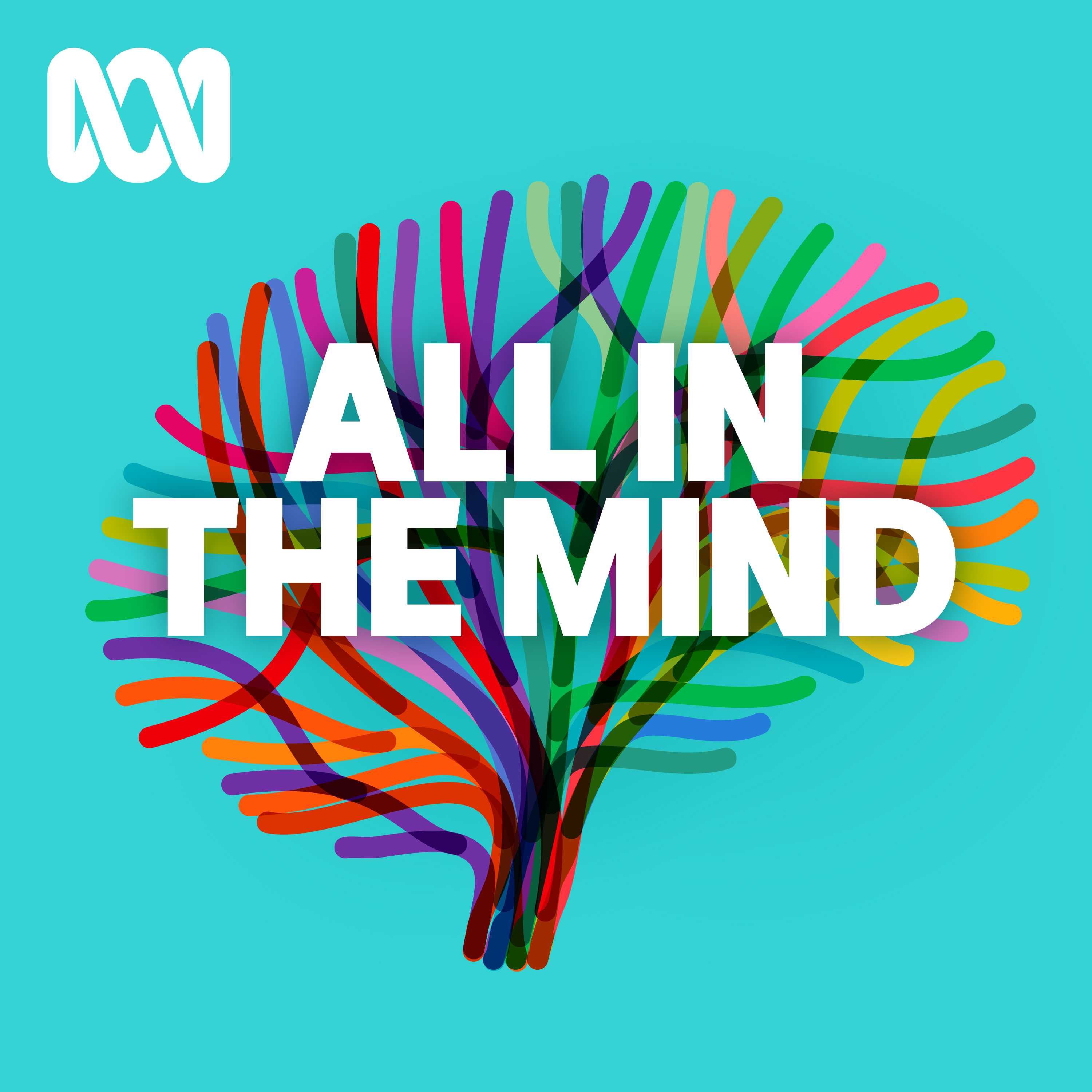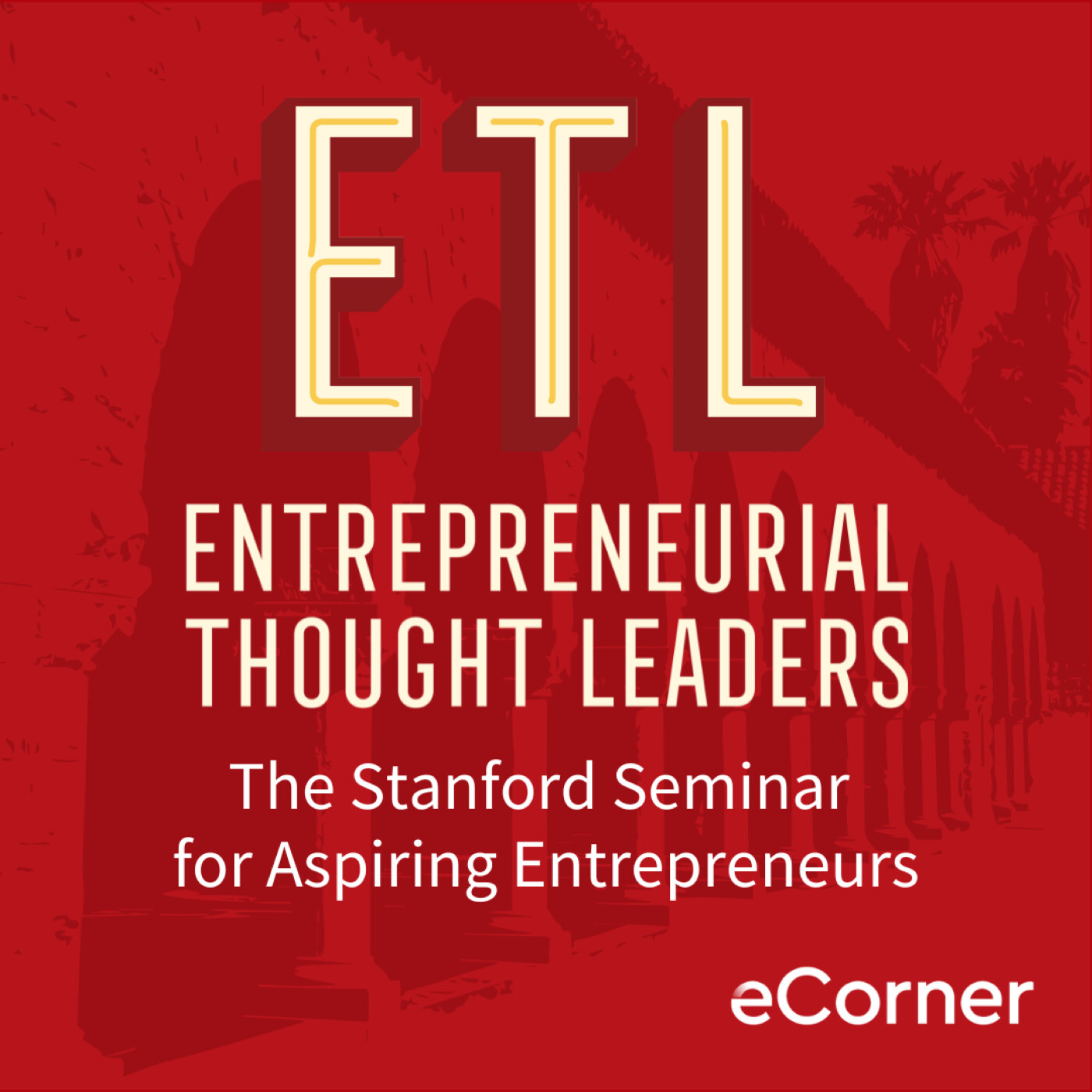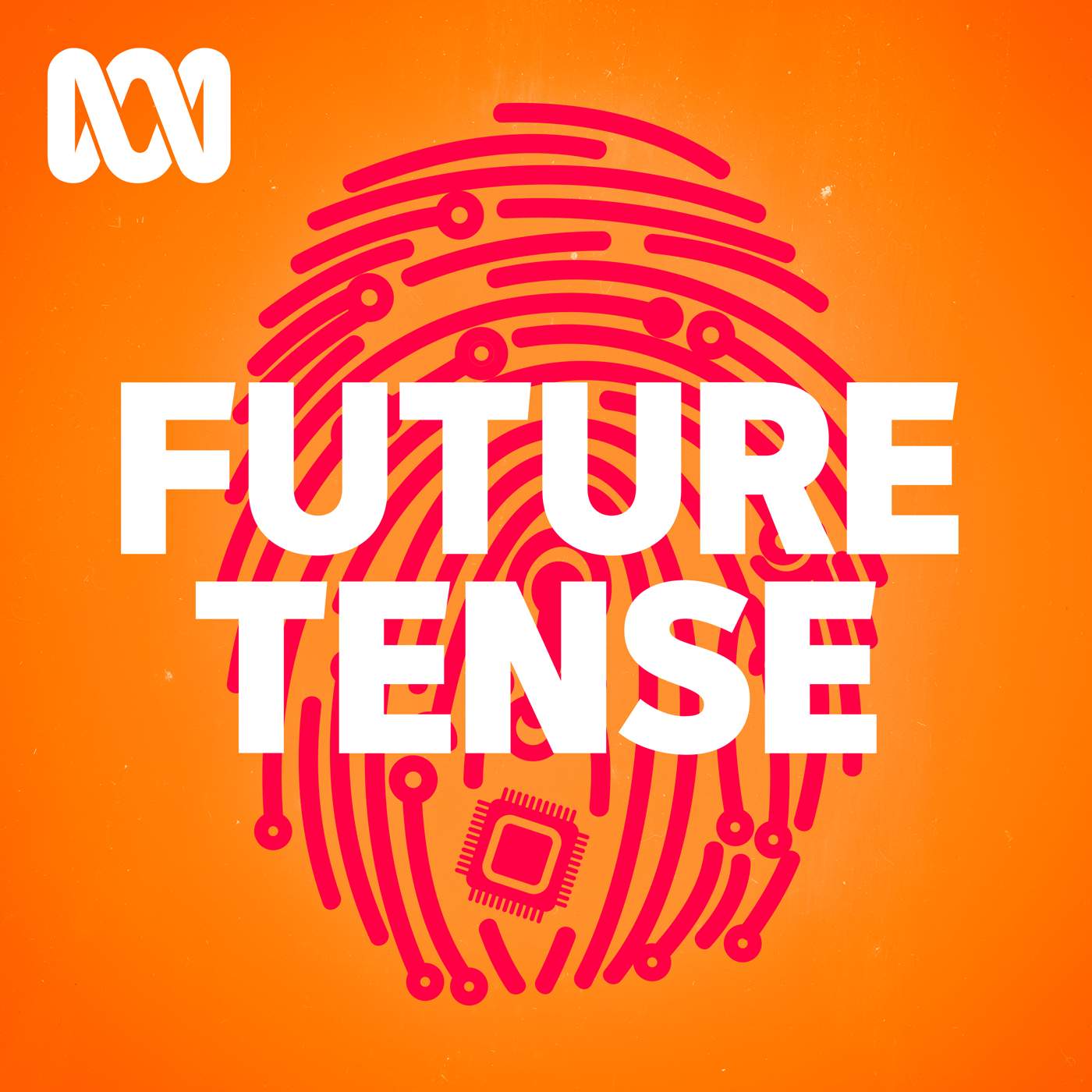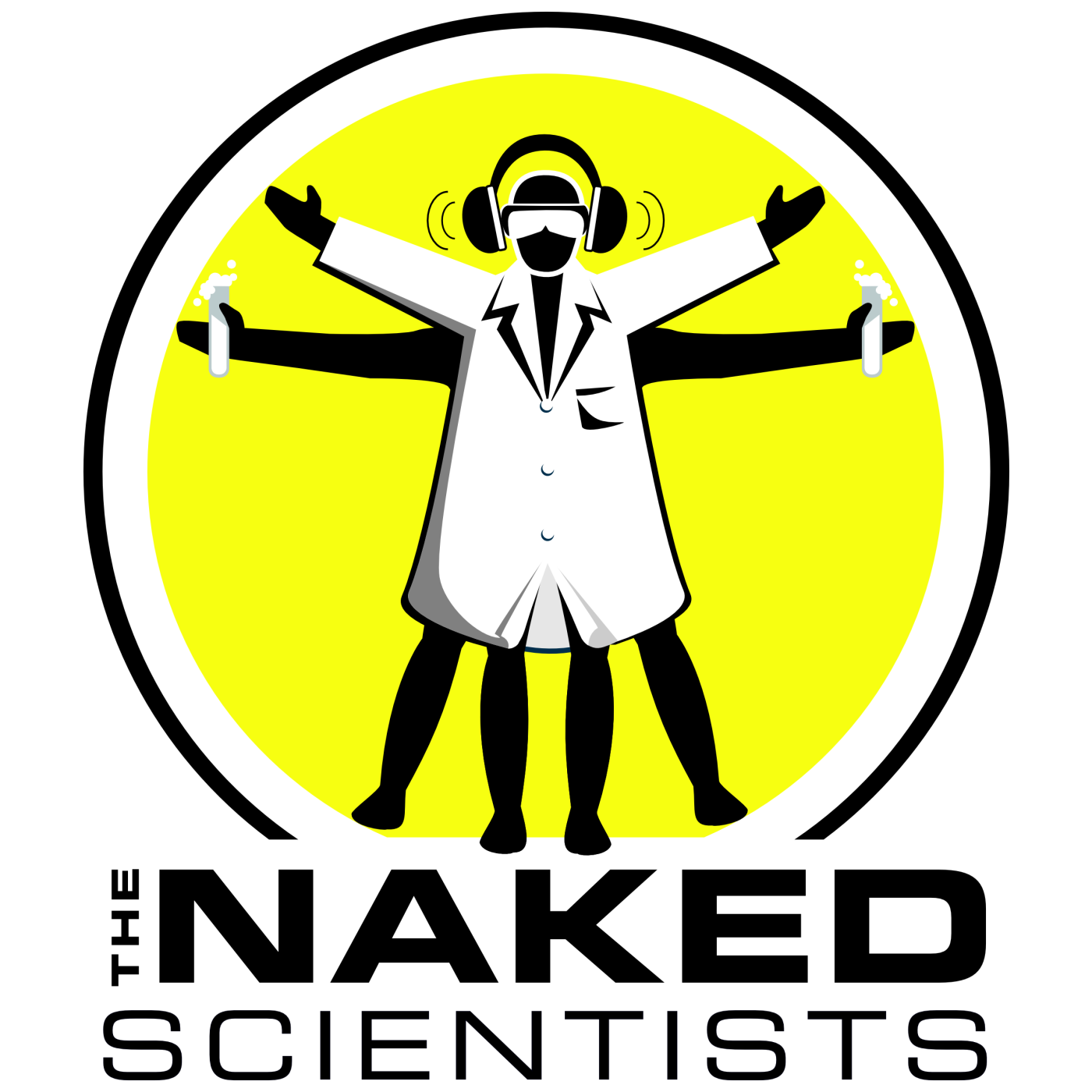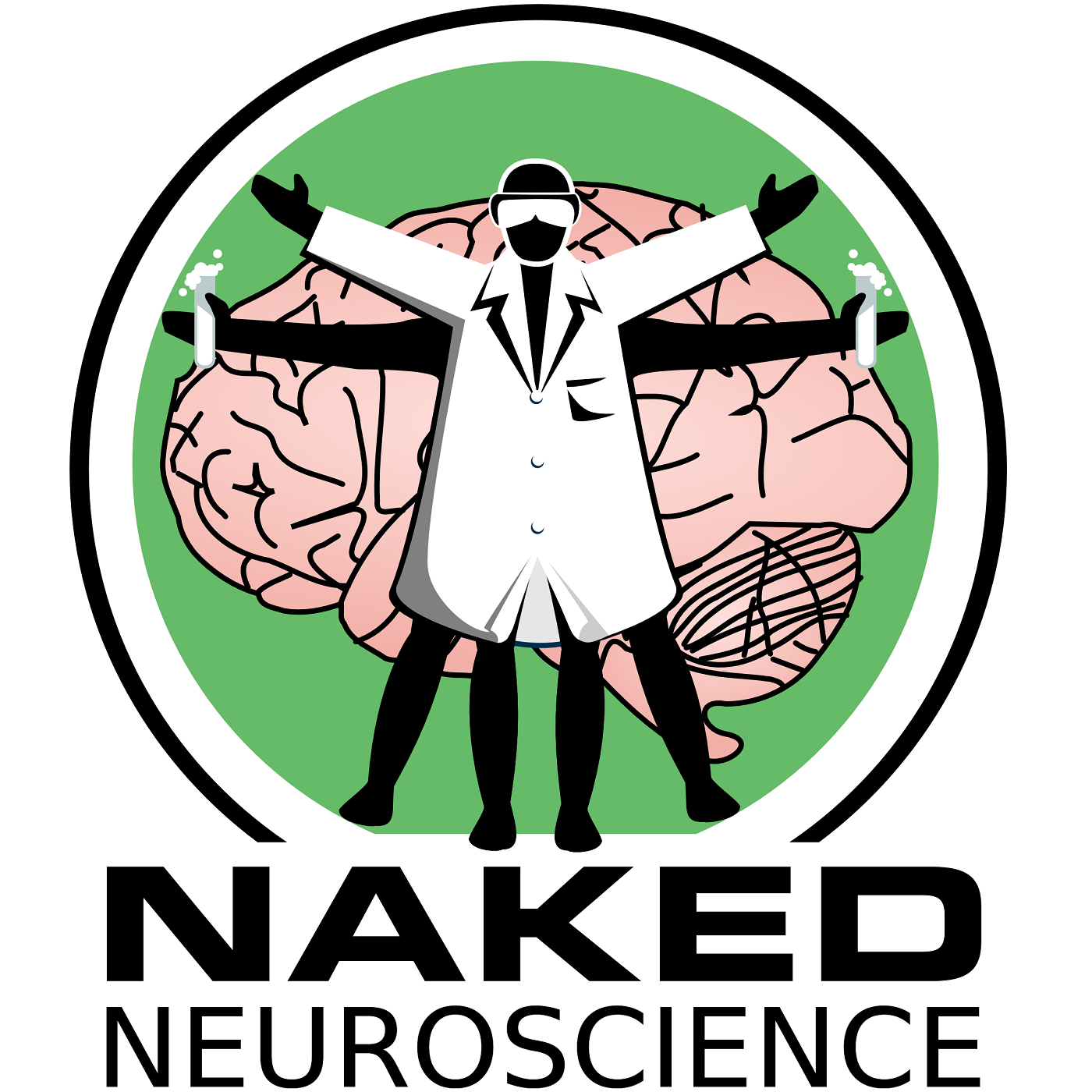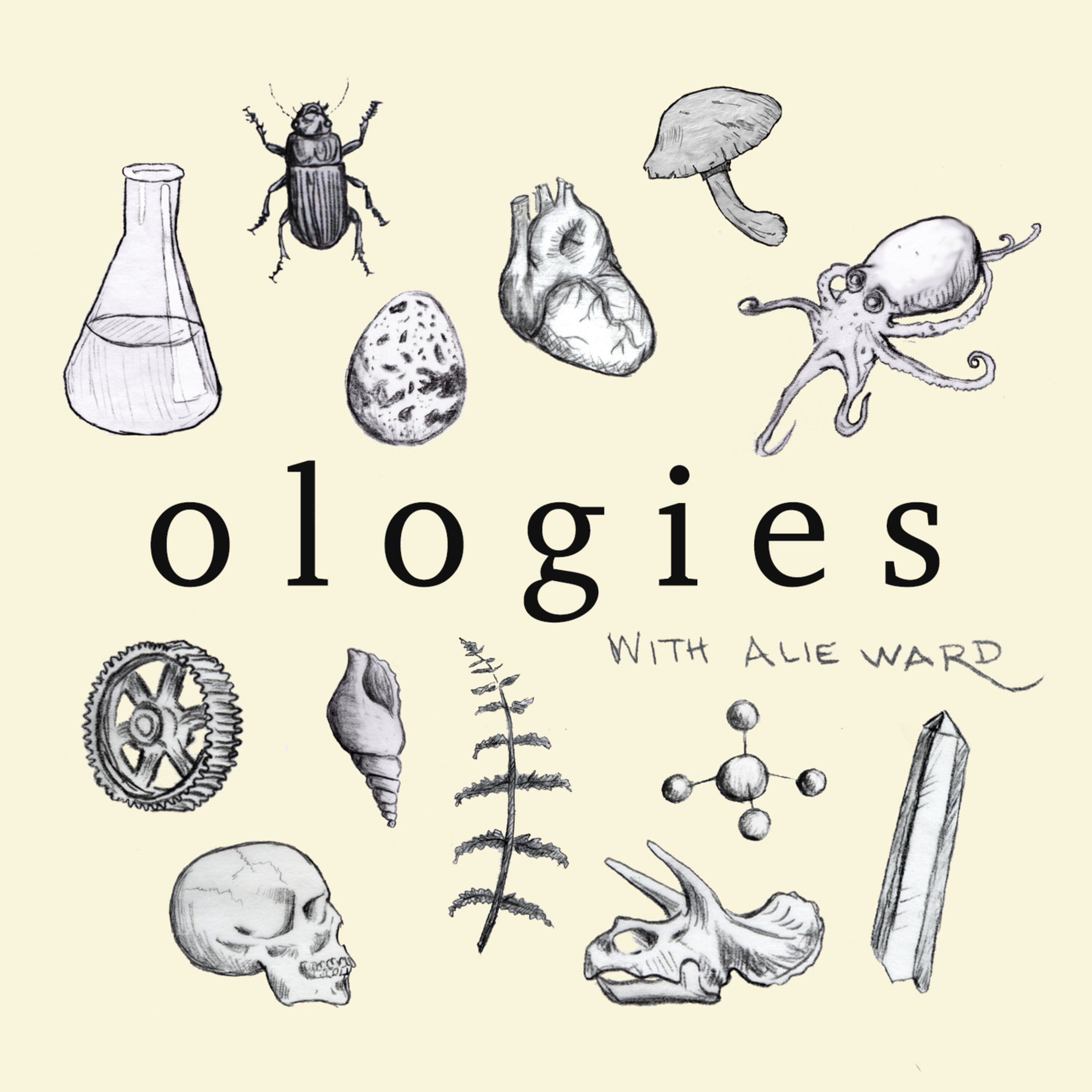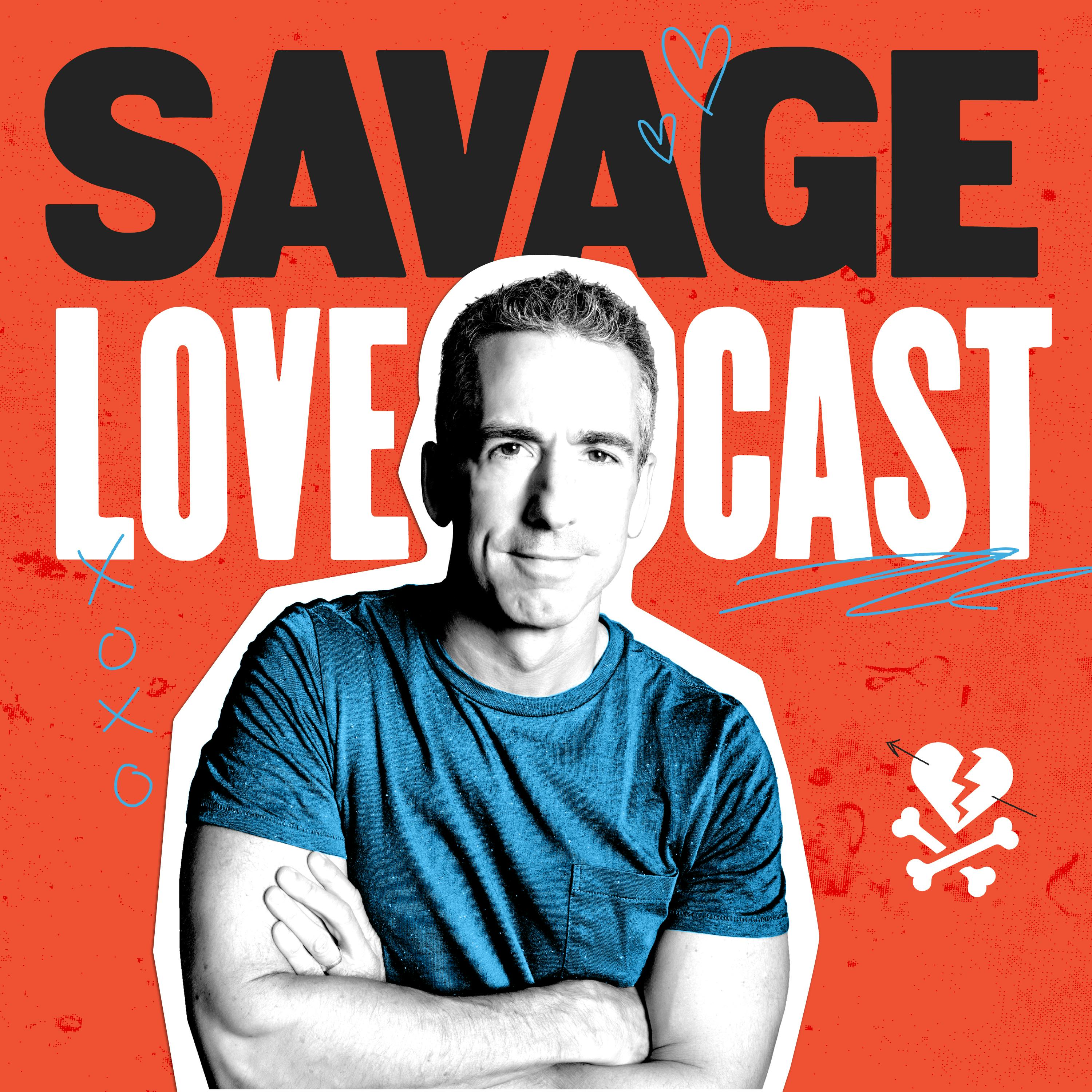
Heliox: Where Evidence Meets Empathy 🇨🇦
Join our hosts as they break down complex data into understandable insights, providing you with the knowledge to navigate our rapidly changing world. Tune in for a thoughtful, evidence-based discussion that bridges expert analysis with real-world implications, an SCZoomers Podcast
Independent, moderated, timely, deep, gentle, clinical, global, and community conversations about things that matter. Breathe Easy, we go deep and lightly surface the big ideas.
Curated, independent, moderated, timely, deep, gentle, evidenced-based, clinical & community information regarding COVID-19. Since 2017, it has focused on Covid since Feb 2020, with Multiple Stores per day, hence a sizeable searchable base of stories to date. More than 4000 stories on COVID-19 alone. Hundreds of stories on Climate Change.
Zoomers of the Sunshine Coast is a news organization with the advantages of deeply rooted connections within our local community, combined with a provincial, national and global following and exposure. In written form, audio, and video, we provide evidence-based and referenced stories interspersed with curated commentary, satire and humour. We reference where our stories come from and who wrote, published, and even inspired them. Using a social media platform means we have a much higher degree of interaction with our readers than conventional media and provides a significant amplification effect, positively. We expect the same courtesy of other media referencing our stories.
Heliox: Where Evidence Meets Empathy 🇨🇦
The God Particle: Quantum Consciousness
During deep meditative states, these practitioners showed dramatic increases in gamma wave activity—specifically in the 38-42 Hz range—with statistical significance that would make any researcher sit up and take notice (p < 0.0001). But here's where it gets really interesting: their brains showed remarkable global coherence, with different regions synchronizing in ways that suggest something far more integrated than ordinary consciousness.
This isn't just correlation—it's correlation with a twist. The same participants who showed the most dramatic brain coherence also caused measurable deviations in quantum random number generators. Let that sink in for a moment. People in deep meditative states were somehow influencing the behavior of quantum systems, not through intention or willful effort, but simply through the quality of their consciousness itself.
References:
This is Heliox: Where Evidence Meets Empathy
Independent, moderated, timely, deep, gentle, clinical, global, and community conversations about things that matter. Breathe Easy, we go deep and lightly surface the big ideas.
Thanks for listening today!
Four recurring narratives underlie every episode: boundary dissolution, adaptive complexity, embodied knowledge, and quantum-like uncertainty. These aren’t just philosophical musings but frameworks for understanding our modern world.
We hope you continue exploring our other podcasts, responding to the content, and checking out our related articles on the Heliox Podcast on Substack.
About SCZoomers:
https://www.facebook.com/groups/1632045180447285
https://x.com/SCZoomers
https://mstdn.ca/@SCZoomers
https://bsky.app/profile/safety.bsky.app
Spoken word, short and sweet, with rhythm and a catchy beat.
http://tinyurl.com/stonefolksongs
Curated, independent, moderated, timely, deep, gentle, evidenced-based, clinical & community information regarding COVID-19. Since 2017, it has focused on Covid since Feb 2020, with Multiple Stores per day, hence a large searchable base of stories to date. More than 4000 stories on COVID-19 alone. Hundreds of stories on Climate Change.
Zoomers of the Sunshine Coast is a news organization with the advantages of deeply rooted connections within our local community, combined with a provincial, national and global following and exposure. In written form, audio, and video, we provide evidence-based and referenced stories interspersed with curated commentary, satire and humour. We reference where our stories come from and who wrote, published, and even inspired them. Using a social media platform means we have a much higher degree of interaction with our readers than conventional media and provides a significant amplification effect, positively. We expect the same courtesy of other media referencing our stories.
This is Heliox, where evidence meets empathy. Independent, moderated, timely, deep, gentle, clinical, global, and community conversations about things that matter. Breathe easy. We go deep and lightly surface the big ideas. What if the universe isn't just physical? I mean, what if our minds are linked to something far grander than we can even, you know, imagine? And what if technology could actually help us explore those connections? Welcome to the Deep Dive. Today, we're unpacking a truly mind-bending stack of sources. They really challenge our fundamental understanding of reality itself. Yeah, we're diving deep into this fascinating intersection. Quantum physics, human consciousness, and, well, that ancient human quest for divine connection. It's quite the mix. We've pulled together a really unique set of documents for you. First up, there's this deeply speculative paper. It's called Quantum Devices for Divine Contact. It envisions technologies that could literally, well, engineer the sacred. Engineer the sacred. Wow. Then we switch gears a bit. We look at some groundbreaking empirical research. There's the CAMERA study, which investigated actual real-world correlations between advanced meditation and quantum phenomena. And insights from other studies, too. Long-term meditators. Exactly. Insights from studies on people who've been meditating for years. So our mission today is basically to pull out the most important nuggets of knowledge, the key insights, give you that shortcut to being really well-informed. Hopefully, plenty of aha moments along the way. Get ready to maybe rethink some boundaries. Science, spirituality, it all gets a bit blurry here. Okay, let's unpack this first one then. We start with this pretty radical concept. Engineering advanced quantum tech to facilitate interaction with a divine presence. Right. This paper, Quantum Devices for Divine Contact, it proposes a future where the material and the metaphysical, they sort of intertwine. That's a really bold vision, putting it mildly. But how do you even start grounding that in actual science? Well, it leans heavily on core quantum concepts. Many of you will know these. Things like superposition, where a particle is in multiple states at once. Like the Schrodinger's cat idea. Yeah. Both alive and dead until you look. Exactly that. And entanglement, that spooky action at a distance Einstein famously talked about. Linked particles influencing each other instantly no matter the distance. Right. The instantaneous connection. Measure one know the other light years away. Got it. Precisely. And then there's decoherence. That's how these fragile quantum systems lose their quantumness when they interact with the environment. They collapse into one definite state. Okay. And the paper speculates, well, could divine observation maybe influence that process? Ah, okay. And the observer effect fits in here too. Yeah, the classic observer effect, the idea that just observing a quantum system can change its behavior. These are kind of the building blocks the paper uses for these speculative devices. So it's not just waving a magic wand. It's trying to push the known physics, however speculatively. What kind of devices are we talking about here? Well, the paper lays out several pretty fascinating concepts. You've got things like the quantum entanglement communicator, the QEC, and the quantum consciousness resonator, or QCR. These first two really leverage entanglement and coherence. So the QEC, how would that work, theoretically? The idea is to use entanglement for non-local communication, maybe with a divine presence. You'd split entangled particles, photons, electrons, whatever, keep one half in the device, put the other half in some kind of sacred space. A sacred space. Like with relics or holy water. Exactly. Or symbols. The speculation is that divine influence, maybe through prayer or meditation directed at that space, could show up as changes in the quantum states of the entangled particles back in the device. Huh. Like trying to pick up a signal? Sort of. They even talk about encoding sacred texts or symbols into quantum bits, quibits, to increase the chance of resonance, like tuning a radio, as you said earlier. Okay, and the QCR, the quantum consciousness resonator. That sounds different. It is. It aims to use quantum coherence to resonate with, let's say, a hypothetical divine or universal consciousness. This one builds directly on the Ork-Or theory. Penrose and Hamroff, right. Consciousness is a quantum thing happening in brain microtubules. We've talked about that before. Exactly. So the QCR mechanism would involve using Bose-Einstein condensates BECs. Right. Matter cooled almost to absolute zero, behaving like one single quantum entity. Yeah. Using those BECs to sort of simulate the coherent brain states that people report during deep meditation or mystical experiences. And how would you interact with it? The paper suggests maybe incorporating secret modulation techniques, specific frequencies, mantras, and even brain-computer interfaces, DCIs. So the operator's own brainwaves could directly influence the BEC state. Wow. Okay, so one's about communication, the other's about resonance or mimicking states. What about devices that try to, well, poke at reality itself? That leads us to the divine field modulator, the DFM. Its purpose is to create controlled disturbances in the quantum vacuum. The energy field that underlies everything. That's the idea, the energetic fabric of space-time. The DFM would use high energy fields, maybe powerful magnetic influences, quantum tunneling effects, basically trying to perturb that vacuum state. To what end? What are they looking for? They'd be searching for unique patterns or anomalies, things that known physics just can't explain. Maybe localized warps in space-time or altered quantum probabilities, signs of something else interacting. Footprints of divine action, maybe. Okay. And then there's the quantum miracle chamber, the QMC. That one really sounds like science fiction. It does, doesn't it? The goal here is to create a highly controlled environment to maximize the potential for, well, divine intervention and to observe supposed miraculous events scientifically. How on earth would you set that up? It would try to combine extremely high quantum coherence, really low entropy, low disorder, and integrate sacred elements. Things like sacred geometry, specific symbols, maybe blessed materials. And constantly monitor everything. Continuously monitor quantum states, looking for anomalies, like maybe quantum coherence is maintained for way longer than it should be in that environment. They'd also need control conditions, obviously chambers without the sacred elements to compare the data. Right, need that baseline. And they even mention ritualistic enhancements, like synchronized prayers focused on the chamber. Okay, one more. The Quantum Ascension Simulator, QAS. Sounds like spiritual VR. That's a decent analogy. It's designed to simulate experiences like spiritual ascension, enlightenment, transcendence, by manipulating quantum states in a controlled setting. It proposes a quantum state induction chamber and a brain quantum interface, or BQI. The BQI monitors your neural activity and tries to synchronize it with specific, coherent, or entangled quantum states generated in the chamber. Trying to replicate near-death experiences, perhaps, or those deep meditative states. Exactly. Potentially enhanced with sensory stuff, too. Visual fractal patterns, binaural beats, haptic feedback to make the simulated experience more immersive. These concepts are just huge, wildly ambitious. What are the really big scientific roadblocks here? Yeah. Even just theoretically. Oh, the paper itself flags major technical hurdles. These systems would be incredibly sensitive to noise, environmental interference. Decoherence is a killer for quantum states that just fall apart. So maintaining the needed quantum states would be a nightmare. Absolutely. And then there's the sheer difficulty of figuring out if you're seeing a real signal, something meaningful or just random quantum fluctuations. The signal to noise problem would be immense. Assuming you could even build them. Right. The engineering challenges alone are astronomical. And beyond the technical stuff. What about the ethics, the philosophy, trying to engineer the sacred? That's a huge can of worms, isn't it? There are serious ethical concerns. The risk of spiritual exploitation, maybe commercializing sacred experiences, misinterpretation of results, undermining traditional faith system. Yeah, I can see that. And it forces really deep philosophical and theological questions. What happens to the idea of prayer if it's just data on a screen? Does engineering contact challenge traditional ideas about divine autonomy or sovereignty? You could see potential conflicts with established religious doctrines. Definitely a lot to wrestle with there. Okay, so the speculative side is fascinating, mind-bending, but also, well, speculative. Highly speculative. But what happens when we shift from what if to what is? Let's look at the actual data coming out now, because here's where it gets really compelling, I think. Agreed. While those devices are way out there, what happens when we look at actual scientific research that's exploring the links between consciousness, meditation, and quantum stuff? Let's turn to these empirical studies. They seem to be building some actual bridges. Absolutely. And a key one is the CAMERUP study. Palathatka and Deb Roy conducted in Assam, India. This was a serious, pioneering, interdisciplinary investigation. And it's cool. Its purpose was explicitly to look for empirical correlations between advanced Vedantic meditative states and measurable quantum phenomena. Vedantic. That's the tradition where consciousness is seen as fundamental reality, right? That's the philosophical underpinning. Yes. So they wanted to see if that state of consciousness had measurable effects. How did they actually do the study? What methods did they use? It was a mixed methods study, quite comprehensive. They had 108 participants, advanced meditators, intermediate ones, and a control group of non-practitioners. And they used a combination of tools, EEG to measure brainwaves, quantum random number generators, QRNGs to look for effects on quantum randomness, and also detailed interviews about the participants' subjective experiences, their phenomenology. So objective measures and subjective reports, what do they find about the brain activity? Okay, this is really striking. Looking at the neurophysiological correlates of non-dual awareness, that state where the sense of being a separate self dissolves. Yeah, that feeling of unity. Exactly. The advanced meditators showed significantly higher gamma wave power, specifically in the 38 to 42 hertz range during that non-dual awareness meditation. This wasn't subtle. The p-value was less than 0001. Wow. Where in the brain? Parietal, frontal, and temporal regions. And maybe even more impressive was the global gamma coherence. Meaning different brain areas firing in sync. Precisely. Much higher global coherence, especially long-range synchronization between frontal and parietal areas in the advanced group compared to non-practitioners. Again, statistically very significant large effect size. And did this brain activity line up with what people said they were experiencing? That's the crucial link. These objective EEG measures showed a strong correlation, Pearson's R of 0.73, highly significant with the subjective reports of non-duality. Things like feeling the boundary between self and world dissolve. So the brain state and the subjective experience were tightly linked. That is powerful. Did they find anything with the quantum systems? The QRNGs? They did. Now this was more modest, but still statistically significant. The advanced practitioners showed correlations R equals 0.37, P less than 0.05, with non-random deviations in the QRNG specifically during those non-dual awareness states. Okay, wait. So the random number generators were slightly less random when these people were in that specific state. That's what the beta suggests. And here's a really critical point. These deviations were not present when the participants were consciously trying to influence the QRNG output. Ah, so it wasn't about intention, like I'm going to make the numbers go up. Exactly. It suggests the effect, whatever it is, might be related more to the quality or state of consciousness itself rather than directed willful intention. That is a fascinating distinction. And furthermore, the size of this deviation in the QRNG randomness correlated both with the participants' years of meditation experience and with their subjective reports of non-duality. More experience, deeper state, slightly bigger effect on the QRNG. That's the pattern they found. And the interviews, the phenomenological insights, did they echo any of this strangeness? Absolutely. Advanced practitioners consistently described experiences that sound uncannily like quantum concepts, even if they didn't use that language. Like what? Things like the dissolution of spatial boundaries. Someone said, awareness seemed to have no center or boundary. It was everywhere and nowhere simultaneously. Wow. Or temporal simultaneity. Past, present, and future seem to coexist, a kind of all-at-onceness. That sounds like block time concepts in physics. It really does. Also, unity and diversity, seeing everything as distinct objects, yet somehow made of the same fundamental stuff, which they often called pure awareness. Like seeing the underlying field for which everything arises. Yes. And the idea of witness consciousness is a pure knowing, aware, but not attached to any specific thought or feeling passing through. Just observation without identification. Right. And finally, the sense of a ground of being that everything emerges from and dissolves back into this vast underlying awareness. These descriptions are remarkably consistent among advanced practitioners. And they resonate so strongly with some of these quantum ideas we discussed. Entanglement, non-locality, the quantum vacuum. The parallels are hard to ignore. Did the study look at learning? Like, did teaching people this stuff help? It did, actually. They had an integrated curriculum group that learned about both quantum physics and Vedantic philosophy. These participants showed significantly better understanding of both domains compared to groups that only learned one or the other. Their scores on integrative understanding scale were 42% higher. So combining these perspectives led to deeper understanding overall. That's interesting in itself. And it wasn't just academic. This integrated understanding seemed to have real community impact, real world benefits. I don't know so. Participants reported significant improvements in psychological well-being. Things like a 22% drop in anxiety, 18% reduction in depression scores, a 31% increase in reported meaning and purpose in life. That's substantial. Yeah, and also improved relationships. They reported increased empathy, plus more positive environmental attitudes like a 27 percent increase in sustainable practices and more community engagement. So this way of thinking, integrating science and contemplation, it actually seemed to make their lives better and potentially made them better community members. That's what the data suggests. It wasn't just abstract knowledge. Okay, let's circle back to the potential biology here. You mentioned ORCORR earlier. Can we dive a bit deeper into that? How might consciousness actually be quantum? Right. The Orchestrated Objective Reduction Theory, or ORCOR, proposed by Sir Roger Penrose and Stuart Hameroff. This idea, as highlighted by Naroba in our sources, is pretty radical. It really is. The core idea being that consciousness isn't just an emergent property of complex classical computations in the brain, but it arises from actual quantum computations. Precisely. And that these quantum computations are happening within the microtubules, these tiny cylindrical protein structures inside our neurons. Which seems like a crazy place for quantum effects, right? The brain is warm, wet, noisy, not usually where you expect fragile quantum states to survive. That's the main challenge to the theory, and Hameroff and Penrose proposed mechanisms for how microtubules might shield these quantum states' superposition, entanglement from the noisy environment long enough for computation to occur, before collapsing objectively. And if this theory holds, even partly, what would it explain about our minds? Well, proponents argue quantum consciousness could explain some really hard problems. Things like the brain's massive parallel processing power, or those sudden flashes of intuition, the aha moments that don't seem to follow linear logic. And maybe the feeling of unity. Yes, exactly. That holistic, unified feeling of conscious experience, the binding problem, could potentially be explained by quantum non-locality, entanglement across different brain regions. Okay, so that's the deep theory. Let's connect back to the practical side again. We saw the Kamrup study linked meditation states to measurable effects. What about general well-being from long-term practice? There's good data there, too. For instance, this preliminary study from Sri Lanka by Outskorn and colleagues looked specifically at long-term meditators and psychological well-being. How long-term are we talking? Pretty dedicated. They compared 15 meditators who practiced between 5 and 25 hours per week, with experience ranging from 3.5 to 25 years, against 15 non-meditating controls from the same community. Okay, serious practitioners, what do they find? Well, the long-term meditators scored significantly higher on several dimensions of mindfulness, specifically observing, non-reactivity, and acting with awareness. Their total mindfulness scores were higher, too. Makes sense. More practice, more mindful. Right. But also, they reported higher psychological resilience and, interestingly, enhanced perceived quality of life both psychologically and environmentally. So they felt better about their inner world and their surroundings. Seems so. And importantly, they showed significantly lower levels of depression compared to the non-meditators. That lines up with a lot of other research on meditation and depression. It does. Now, it's worth noting this particular preliminary study didn't find significant differences in reported stress or anxiety between the groups. But as the authors note, and as we know from many, many other larger studies, meditation generally is found to be effective for reducing stress and anxiety. So that might just be a quirk of this small sample size. Okay, good context. So we've gone from wild speculation about divine contact machines to concrete data on brainwaves, quantum number generators, and the well-being of meditators. Let's see if we can tie this together. What does this all mean for you listening? Yeah, it's quite a journey, isn't it? I think when you put these sources together, the speculative designs, the empirical findings from Kamrup, the Orchar theory, the well-being studies, they paint this picture of a universe that's potentially far more interconnected than, you know, standard classical science usually suggests. It feels like a convergence point. It really does. A fascinating convergence where ancient contemplative wisdom like Vedanta and cutting-edge quantum physics seem to be pointing towards similar underlying principles about reality and consciousness. So for you listening, what's the takeaway? Well, first, it's a challenge, isn't it? To look beyond our everyday conventional understanding of our own minds and the world around us, to maybe question the hard line between observer and observed. And it really highlights the potential power or maybe the fundamental role of consciousness. Exactly. It hints that consciousness might not just be this accidental byproduct of brain chemistry. It could potentially be an active participant in reality itself, maybe capable of subtle but measurable interactions with the quantum fabric of existence. Which the Canroff study seems to tentatively support, at least in specific states. Tentatively, yes. And the practical side is crucial, too. The empirical studies show real, tangible benefits from practices like meditation, improved psychological health, maybe even a more integrated way of understanding both science and spirituality. So this isn't just abstract theory crafting. It has real world implications for how we might live, how we might learn, how we might find well-being. Definitely. And it also makes you think about the nature of knowledge itself, right? How so? Well, this deep dive really encourages you to consider how different ways of knowing rigorous scientific experiment on one hand and subjective first-person contemplative experience on the other might actually complement each other. Not necessarily competing, but offering different valuable perspectives. Leading, perhaps, to a richer, more integrated understanding of what it means to be conscious in this universe. Okay, let's leave our listeners with a final thought to chew on, a provocative one. All right, well, if quantum physics implies that the observer can influence the observed reality... Which is a standard interpretation, the observer effect. Right. And if deep meditative states like non-dual awareness show these measurable correlations with quantum phenomena and also these profound subjective experiences of unity. As seen in the camera up study. Then what does that truly imply about the power or the potential of human consciousness? Could it shape the world in ways we don't fully grasp? Could it even, as the speculative paper suggests, connect with something divine or fundamental? Is the universe fundamentally participatory? Is reality something we co-create through consciousness? And are we maybe only just scratching the surface of understanding our actual role within it? Heavy questions. So we invite you to explore these ideas further. Think about how understanding quantum principles might, I don't know, inform your own reflections or contemplative practices, if you have them. Or how insights from ancient wisdom traditions might open up new questions, new avenues for scientific investigation, these boundaries between science and spirituality, they really do seem to be blurring. And the quest to understand the divine, the universe, and ultimately ourselves. Thanks for listening today. Four recurring narratives underlie every episode. Boundary dissolution, adaptive complexity, embodied knowledge, and quantum-like uncertainty. These aren't just philosophical musings, but frameworks for understanding our modern world. We hope you continue exploring our other podcasts, responding to the content, and checking out our related articles at heliocspodcast.substack.com.


